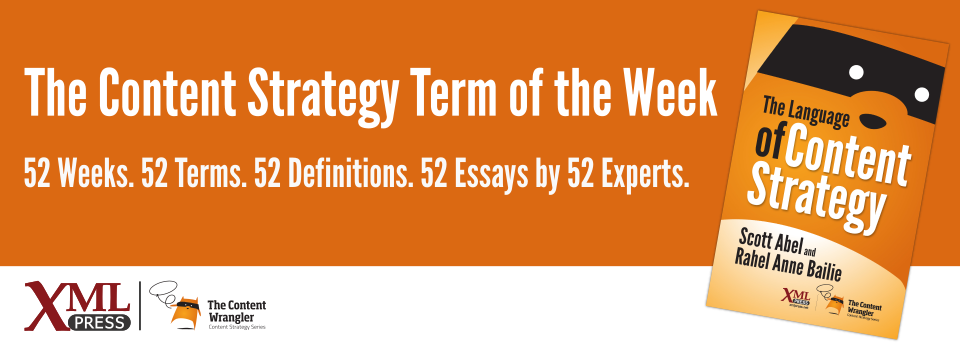What is it?
The process of using best practices to design and create content that will rank well in organic search engine results.
Why is it important?
To get your content to rank as high as possible in organic, non-paid search engine listings to drive the maximum number of people to the content on your website.
Why does a content strategist need to know this?
Search Engine Optimization (SEO) is a technique designed to drive customers to the content on your website. In 2013, almost 80% of unique searches used Google, which still sets the standard for SEO guidelines. Google uses multiple algorithms, which sometimes change daily. Google’s algorithms continue to become more comprehensive in fighting search spam (aka spamdexing) and ensuring high-quality content results in organic rankings. SEO best practices include the following:
-
Designing sites that support engaging and fresh content.
-
Developing sites that load quickly and use proper URL structures, unique page titles, header tags, and crawlable text.
-
Using an adaptive, responsive, or combined—Responsive Design with Server Side (RESS) components—approach when creating a website that will exist on multiple platforms. This will help ensure that search engines do not dilute your content authority or interpret the content as being duplicated, even though it is being published on more than one platform.
-
Establishing authority on the topic. This is not limited to inbound links, but also depends on the overall influence of the site, including reputation, trust, and quality.
-
Using keywords in domain names, page titles, H tags, images, and file names. Search engines no longer pay much attention to the keyword metatag. Avoid stuffing keywords, as this will have a negative effect.
Some other aspects of SEO that content strategists should consider are:
-
Mobile: Use location metatags for mobile sites and mobile-ready content.
-
Videos: Use a strong keyword for the file name, and include a text caption and text transcript.
-
Social media: Use social media. Search engines scan and list what’s happening in your social media channels. The more traffic you get, the more that search engines see you as a trusted resource, which will favorably impact the rankings of your primary site.

